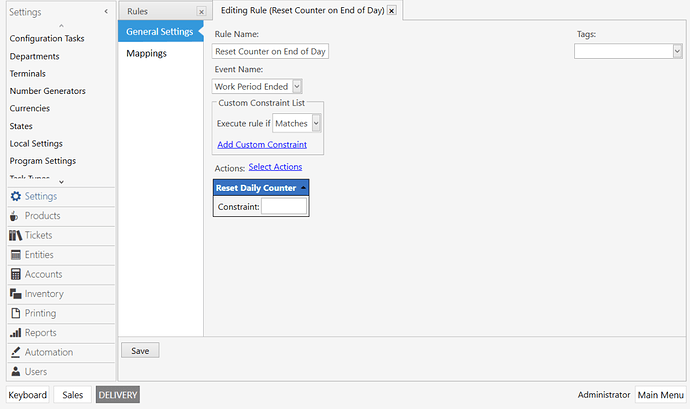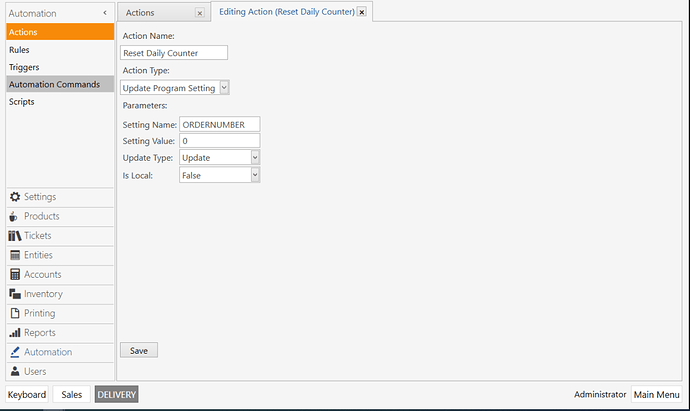I’m using the increase function as per tutorial that I found on this forum.
Here is the rule:
Here is the action:
Here is the increase daily counter:
Sorry I am getting confused are you saying that I should skip the reset daily counter and call the update program setting. Would you be so kind to show a mini tutorial.
Over and above that what do you guys use to make those GIF tutorials like Shivan has used on this link :


